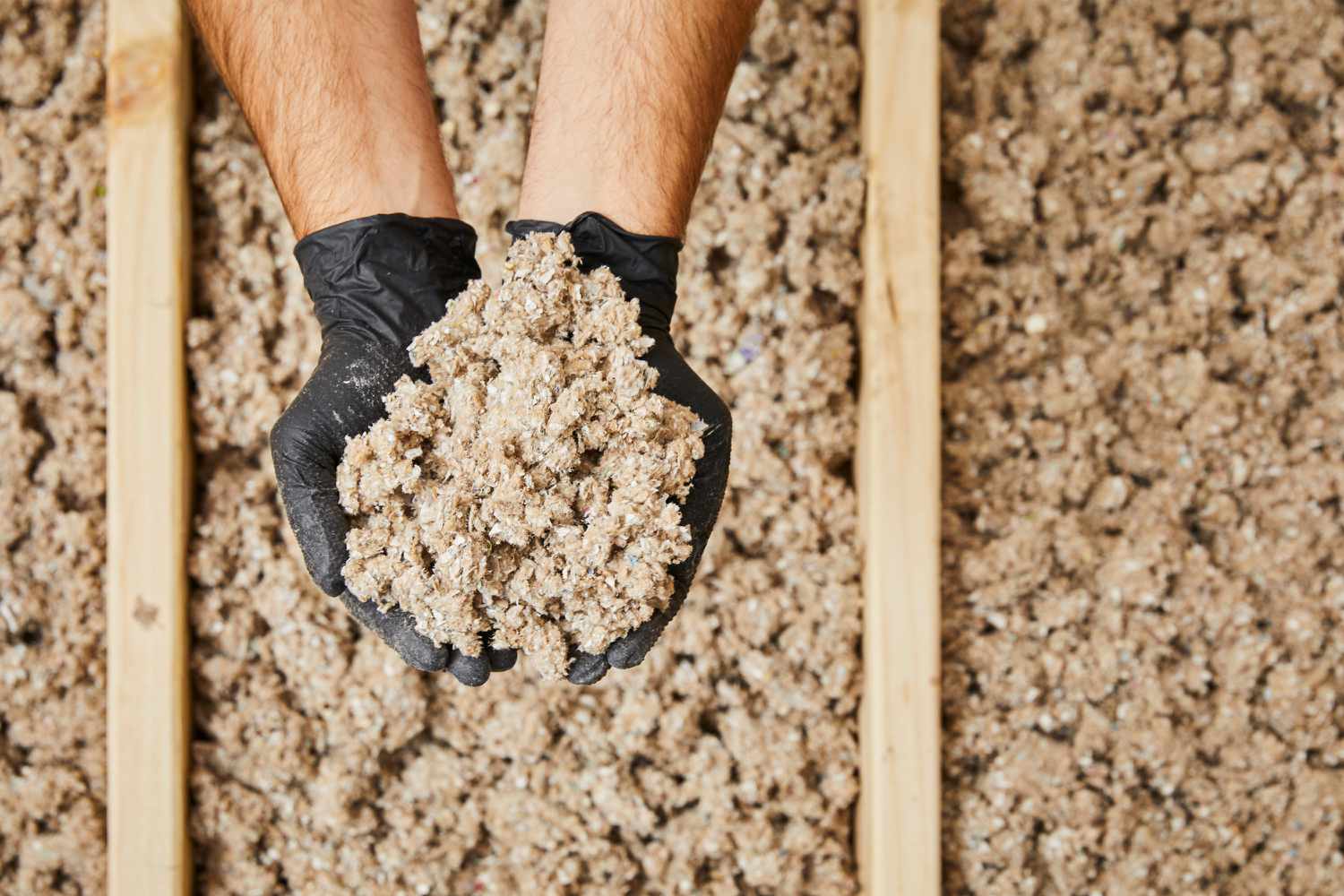

Articles
What Is Cellulose Insulation
Modified: August 28, 2024
Discover the benefits of cellulose insulation through informative articles. Learn how cellulose insulation can improve energy efficiency and enhance indoor comfort.
(Many of the links in this article redirect to a specific reviewed product. Your purchase of these products through affiliate links helps to generate commission for Storables.com, at no extra cost. Learn more)
Introduction
When it comes to insulating your home, there are various options available to consider. However, one type of insulation that has gained popularity in recent years is cellulose insulation. Cellulose insulation is an eco-friendly and effective solution for improving energy efficiency and reducing heating and cooling costs.
Cellulose insulation is made from recycled materials, primarily newspaper and other paper-based products. It is a versatile and sustainable insulation material that offers numerous benefits, including excellent thermal performance, soundproofing capabilities, and resistance to fire and pests.
In this article, we will explore cellulose insulation in detail, including its composition, manufacturing process, benefits, drawbacks, applications, and safety considerations. By the end of this article, you will have a thorough understanding of cellulose insulation and whether it’s the right choice for your insulation needs.
Key Takeaways:
- Cellulose insulation, made from recycled paper fibers, offers high thermal resistance, soundproofing, and fire resistance, making it a sustainable and effective choice for energy-efficient and eco-friendly building insulation solutions.
- While cellulose insulation provides numerous benefits, including sustainability and cost-effectiveness, it’s essential to consider potential drawbacks such as moisture absorption and settling, emphasizing the importance of proper installation and maintenance for optimal performance.
Read more: What Is Insulation
Definition of Cellulose Insulation
Cellulose insulation is a type of insulation material that is primarily composed of recycled paper fibers treated with fire retardant chemicals. It is commonly used in residential and commercial buildings to improve energy efficiency and thermal performance.
This insulation material is known for its high R-value, which is a measure of its thermal resistance. Cellulose insulation is available in loose-fill form, which is blown into attics, walls, and floors, or in dense-pack form, which is typically used in wall cavities.
The primary purpose of cellulose insulation is to create a thermal barrier that helps to reduce heat transfer between the inside and outside of a building. By preventing heat loss in the winter and heat gain in the summer, cellulose insulation can help to lower energy consumption and maintain a comfortable indoor temperature.
Cellulose insulation is often considered a sustainable and environmentally friendly choice because it is made from recycled materials. The main component of cellulose insulation is recycled newspaper, which is treated with non-toxic fire retardant chemicals to enhance its fire resistance.
Furthermore, cellulose insulation is also known for its soundproofing capabilities. The dense fibers of the insulation material help to absorb and dampen sound waves, reducing noise transmission between different areas of a building.
Overall, cellulose insulation offers a cost-effective and eco-friendly solution for enhancing the thermal and acoustic properties of a building, making it a popular choice among homeowners and builders alike.
Composition of Cellulose Insulation
Cellulose insulation is primarily composed of recycled paper fibers that have been treated with fire retardant chemicals to enhance its resistance to flames. The main ingredient in cellulose insulation is typically recycled newspaper, although other paper-based products such as cardboard, magazines, and office paper can also be used.
To ensure the insulation material meets the necessary fire safety standards, cellulose insulation undergoes a chemical treatment process. Common fire retardant chemicals used in cellulose insulation include boric acid, ammonium sulfate, and ammonium phosphate.
In addition to the recycled paper fibers and fire retardant chemicals, cellulose insulation may also contain other additives to enhance its performance. These additives can include minerals, such as borates, which provide additional fire resistance and help deter pests and mold growth.
Some cellulose insulation products may also include moisture-resistant additives, such as wax, to improve the material’s resistance to water absorption. This can help prevent the insulation from becoming damaged or losing its effectiveness in humid environments.
The composition of cellulose insulation provides several key benefits. The recycled paper fibers offer excellent thermal resistance, allowing the insulation material to effectively slow down heat transfer through a building’s walls, floors, and attics. This can help to maintain a comfortable indoor temperature and reduce energy consumption for heating and cooling.
The fire retardant chemicals used in cellulose insulation provide added safety by reducing the flammability of the material. This can help to prevent the spread of fire and provide valuable time for occupants to evacuate in the event of a fire.
Overall, the composition of cellulose insulation, with its recycled paper fibers and fire retardant chemicals, offers a sustainable and effective solution for enhancing energy efficiency and thermal performance in buildings.
Manufacturing Process of Cellulose Insulation
The manufacturing process of cellulose insulation involves several steps to transform recycled paper fibers into an effective and eco-friendly insulation material. Below is an overview of the typical manufacturing process:
- Collection and Sorting: The first step in the process is the collection of recycled paper materials. This can include newspapers, magazines, office paper, and cardboard. The collected paper is then sorted to remove any contaminants such as plastic or metal.
- Shredding and Grinding: After sorting, the paper materials are shredded and ground into fine particles. This helps to break down the fibers and create a more uniform texture for the insulation material.
- Treatment: The shredded paper fibers are then treated with fire retardant chemicals to enhance the insulation’s fire resistance. Common fire retardants used in cellulose insulation include boric acid, ammonium sulfate, and ammonium phosphate. The fire retardant treatment is essential for ensuring that the cellulose insulation meets the necessary safety standards.
- Drying: Once the paper fibers are treated, they are dried to remove any moisture content. This is important to prevent the insulation material from becoming damp or moldy. The drying process typically involves passing the fibers through a heated chamber or using a hot air system.
- Baling: After drying, the treated and dried paper fibers are compressed into bales. Baling helps to compact the fibers and prepare them for transport to insulation manufacturers or insulation contractors.
- Installation: Depending on the specific application, cellulose insulation can be installed in different ways. In loose-fill form, it is commonly blown into attics, walls, and floors using specialized equipment. In dense-pack form, it is densely packed into wall cavities to provide a thermal barrier.
The manufacturing process of cellulose insulation utilizes recycled materials, making it an environmentally friendly choice. By repurposing paper waste and incorporating fire retardant treatments, cellulose insulation offers a sustainable insulation solution that is both effective and safe.
Benefits of Cellulose Insulation
Cellulose insulation offers several benefits that make it an attractive choice for homeowners and builders. Let’s explore some of the key advantages of cellulose insulation:
- Energy Efficiency: Cellulose insulation has a high R-value, which measures its thermal resistance. The dense fibers of cellulose insulation effectively slow down heat transfer, keeping the indoor temperature stable and reducing the need for heating and cooling. This can lead to energy savings and lower utility bills.
- Soundproofing: The dense composition of cellulose insulation provides excellent soundproofing properties. It absorbs and dampens sound waves, reducing noise transmission between rooms and floors. This can create a quieter and more comfortable living environment.
- Fire Resistance: Cellulose insulation is treated with fire retardant chemicals during the manufacturing process. These chemicals enhance the fire resistance of the insulation, making it less prone to combustion and reducing the spread of flames. This can provide valuable time for occupants to evacuate in the event of a fire.
- Sustainability: Cellulose insulation is made from recycled paper materials, such as newspapers and cardboard. By repurposing these waste materials, cellulose insulation helps to reduce landfill waste and promote environmental sustainability. Additionally, the production of cellulose insulation consumes less energy and produces fewer greenhouse gas emissions compared to other insulation materials.
- Pest and Mold Resistance: Cellulose insulation is treated with borates, which deter pests such as insects and rodents. This can help to prevent infestations and protect the integrity of the building. Additionally, borates also inhibit the growth of mold and mildew, contributing to a healthier indoor environment.
- Easy Installation: Cellulose insulation can be easily installed in various applications. In loose-fill form, it can be blown into attics, walls, and floors to fill any gaps and create a seamless thermal barrier. In dense-pack form, it can be densely packed into wall cavities, ensuring complete coverage and maximum thermal performance.
Overall, cellulose insulation offers a range of benefits including energy efficiency, soundproofing, fire resistance, sustainability, pest and mold resistance, and easy installation. By choosing cellulose insulation, homeowners can enjoy a comfortable and eco-friendly living space while saving on energy costs.
Read more: What Is Bibs Insulation
Drawbacks of Cellulose Insulation
While cellulose insulation offers many benefits, it is important to consider its potential drawbacks before making a decision. Here are some of the main disadvantages associated with cellulose insulation:
- Moisture Absorption: Cellulose insulation has a tendency to absorb moisture from the surrounding environment. This can lead to reduced thermal performance and potential issues with mold and rot if the insulation becomes excessively damp. Proper installation and moisture management are crucial to mitigate this drawback.
- Settling: Over time, cellulose insulation may experience settling, which means it can compact and lose some of its insulating properties. This can result in reduced R-value and diminished energy-saving benefits. Regular inspection and maintenance may be required to address settling issues.
- Dust and Allergen Concerns: Cellulose insulation is made from recycled paper fibers, which can potentially release dust particles into the air during installation or if disturbed. This can pose a concern for individuals with respiratory sensitivities or allergies. Proper protective measures, such as wearing masks and ensuring controlled installation, can help minimize these concerns.
- Installation Challenges: Proper installation of cellulose insulation requires expertise to achieve optimal performance. It may be challenging to ensure even distribution and coverage throughout the desired areas. Improper installation can result in gaps, voids, or inconsistent insulation, leading to thermal bridging and reduced effectiveness.
- Potential Fire Hazard During Installation: Although cellulose insulation is treated with fire retardant chemicals, there is a potential fire hazard during the installation process if the insulation comes into contact with an open flame, such as from electrical wiring or a malfunctioning tool. It is crucial to follow safety protocols and maintain a safe working environment when installing cellulose insulation.
- Cost: While cellulose insulation is generally a cost-effective insulation option, the initial investment may be higher compared to traditional insulation materials. Factors such as the size of the area to be insulated and the complexity of the installation process can impact the overall cost. However, the long-term energy savings may outweigh the initial expense.
It is important to consider these drawbacks alongside the benefits when deciding on the appropriate insulation material for your needs. Proper installation, maintenance, and adherence to safety guidelines can help mitigate these drawbacks and ensure the optimal performance of cellulose insulation.
Cellulose insulation is made from recycled paper products and is a great eco-friendly option for insulating your home. It is effective at reducing energy costs and is fire-resistant.
Applications of Cellulose Insulation
Cellulose insulation is a versatile insulation material that can be used in various applications to improve energy efficiency and thermal performance. Let’s explore some of the common applications of cellulose insulation:
- Attic Insulation: Cellulose insulation is commonly used to insulate attics. It can be blown in a loose-fill form to fill any gaps or voids, creating a seamless thermal barrier to prevent heat loss in the winter and heat gain in the summer. Properly insulating the attic with cellulose insulation can significantly reduce energy consumption and improve indoor comfort.
- Wall Insulation: Cellulose insulation can be installed in both new construction and retrofit projects to insulate exterior and interior walls. It can be installed in either loose-fill form or dense-pack form, depending on the construction details. Cellulose insulation fills the wall cavities, minimizing thermal bridging and providing excellent insulation performance.
- Floor Insulation: Cellulose insulation can be used to insulate floors, especially in crawl spaces or over unconditioned basements. It helps to prevent heat transfer between the living space and the ground, improving the overall energy efficiency of the building.
- Ceiling Insulation: If you have a dropped ceiling or suspended ceiling in your home or commercial space, cellulose insulation can be installed between the ceiling joists to enhance thermal performance. This can help to reduce heat loss or gain between different floors and improve energy efficiency.
- Soundproofing: Due to its dense composition, cellulose insulation is an excellent choice for soundproofing applications. It can be used to reduce noise transmission between rooms, floors, or different areas of a building. This makes cellulose insulation ideal for home theaters, recording studios, or any space that requires enhanced sound isolation.
- Green Building Projects: Cellulose insulation is often specified in green building projects due to its sustainable nature. It is made from recycled paper fibers and non-toxic fire retardant chemicals, making it an environmentally-friendly choice. Cellulose insulation can help builders achieve green building certifications, such as LEED (Leadership in Energy and Environmental Design), by contributing to energy efficiency and reducing the environmental impact of the building.
Cellulose insulation’s versatility makes it suitable for a wide range of applications, from residential homes to commercial buildings. Its effectiveness in improving energy efficiency, thermal performance, and soundproofing makes it a popular choice for homeowners and builders alike.
Comparison with Other Types of Insulation
When it comes to choosing insulation for your home or building, it’s important to consider the different types of insulation available and compare their features. Here, we will compare cellulose insulation with some other popular insulation materials:
- Fiberglass Insulation: Fiberglass insulation is perhaps the most common type of insulation. It is made from fine glass fibers and comes in batts, rolls, or loose-fill form. Compared to fiberglass insulation, cellulose insulation offers better thermal performance and soundproofing capabilities. Cellulose insulation is also considered more environmentally friendly as it is made from recycled materials.
- Spray Foam Insulation: Spray foam insulation is a polyurethane-based insulation that expands upon application. It provides an excellent air seal and has a high R-value. While spray foam insulation offers superior air sealing properties, cellulose insulation performs better in terms of soundproofing and fire resistance. Cellulose insulation is often less expensive than spray foam insulation as well.
- Mineral Wool Insulation: Mineral wool insulation, also known as rock wool or slag wool, is made from molten rock or recycled slag. It is available in batts, boards, or loose-fill form. Both cellulose insulation and mineral wool insulation offer good thermal performance, but cellulose insulation has better soundproofing capabilities. Cellulose insulation is also more eco-friendly since it is made from recycled paper fibers.
- Polyisocyanurate (Polyiso) Insulation: Polyiso insulation is a rigid foam insulation made from a polyisocyanurate foam core wrapped in foil-faced paper or plastic. Polyiso insulation offers high R-value and good moisture resistance. While polyiso insulation is effective, cellulose insulation provides comparable thermal performance and is more sustainable as it is made from recycled materials.
- Cotton Insulation: Cotton insulation, also known as natural fiber insulation, is made from recycled denim and cotton fibers. It is a sustainable alternative and offers similar thermal performance to cellulose insulation. However, cotton insulation tends to be more expensive compared to cellulose insulation.
Ultimately, the choice of insulation material depends on factors such as insulation requirements, budget, environmental concerns, and personal preferences. While each insulation type has its own advantages and disadvantages, cellulose insulation stands out for its excellent thermal performance, soundproofing capabilities, fire resistance, and sustainability.
It is recommended to consult with insulation professionals or contractors to determine the most suitable insulation material for your specific needs and to ensure proper installation for optimal performance.
Installation Guidelines for Cellulose Insulation
Proper installation of cellulose insulation is crucial to ensure its effectiveness and maximize its performance. Here are some important guidelines to follow when installing cellulose insulation:
- Consultation and Planning: Before installing cellulose insulation, consult with insulation professionals or contractors to assess your specific insulation needs. They can recommend the appropriate R-value, determine the amount of insulation required, and provide guidance on installation techniques.
- Preparation: Prepare the area where the cellulose insulation will be installed. This includes ensuring that the space is clean, dry, and free from any debris or obstructions. Clear any existing insulation or materials that may hinder the installation process.
- Protective Gear: Wear appropriate protective gear, including goggles, gloves, and masks, when handling cellulose insulation. This is to minimize exposure to dust particles and potential allergens during the installation process.
- Moisture Management: Take the necessary steps to address any moisture issues in the installation area. Ensure that there are no leaks, condensation, or excessive humidity that could compromise the performance of the cellulose insulation. Consider using a vapor barrier if needed.
- Proper Equipment: Use specialized equipment, such as a blower machine or insulation blower, to distribute the cellulose insulation evenly. Follow the manufacturer’s guidelines and recommendations for the specific equipment being used to achieve the desired coverage and density.
- Sealing Air Gaps: Before installing the cellulose insulation, seal any air gaps, cracks, or openings in the walls, floors, or ceilings. This will help prevent air leakage and maintain a more effective thermal barrier.
- Uniform Distribution: Ensure even distribution of the cellulose insulation throughout the desired area. Pay attention to corners, edges, and hard-to-reach places to ensure there are no gaps or voids. This will help maximize the insulation’s performance.
- Safety Measures: Follow safety guidelines to minimize the risks associated with cellulose insulation installation. Avoid contact between the insulation and any heat sources or open flames. Be cautious when working in confined spaces or areas with limited ventilation.
- Post-Installation Inspection: Once the cellulose insulation is installed, inspect the area to ensure proper coverage and density. Address any areas that may require additional insulation or adjustments to maintain a consistent and effective thermal barrier.
- Professional Installation: It is recommended to hire professional insulation contractors who specialize in cellulose insulation installation. They have the expertise, experience, and equipment to properly install cellulose insulation and ensure the best results.
By following these installation guidelines, you can ensure a proper and efficient installation of cellulose insulation. Proper installation will contribute to improved energy efficiency, thermal performance, and soundproofing capabilities, providing a comfortable and well-insulated living or working space.
Read more: What Are Insulation Baffles
Safety Considerations for Cellulose Insulation
While cellulose insulation is generally considered safe, it is important to be aware of certain safety considerations when handling or installing it. By following proper safety precautions, you can minimize risks and ensure a safe environment. Here are some important safety considerations for cellulose insulation:
- Protective Gear: Wear appropriate protective gear when handling cellulose insulation. This includes goggles, gloves, and respiratory masks to protect against dust particles and potential allergens. The use of protective gear is especially important during installation or if the insulation is disturbed.
- Dust Control: Minimize dust generation during installation or if the insulation is disturbed. Use techniques such as wetting the insulation or employing dust control measures to prevent the release of dust particles into the air. This is particularly important for individuals with respiratory sensitivities or allergies.
- Electrical Safety: When installing cellulose insulation, be cautious of electrical hazards. Avoid contact between the insulation and any live electrical wires or fixtures. If necessary, shut off electrical power to the area being insulated or seek professional assistance to ensure safety.
- Fire Safety: Although cellulose insulation is treated with fire retardant chemicals, it is important to exercise fire safety precautions during installation. Avoid exposing the insulation to open flames or heat sources that could potentially ignite the insulation. Follow proper fire safety protocols and maintain a safe working environment.
- Ventilation: Ensure adequate ventilation during the installation process to minimize the accumulation of airborne particles and maintain good air quality. If working in confined spaces, use proper ventilation equipment or consider hiring professional insulation contractors who are equipped to handle such environments.
- Mold and Moisture Control: Properly manage moisture to prevent mold growth within the insulation. Address any existing moisture issues or leaks before installing the insulation. Consider using a vapor barrier or moisture control measures as needed. Regularly inspect the insulation and surrounding areas for signs of moisture or mold and take appropriate action if necessary.
- Proper Installation: Follow proper installation guidelines for cellulose insulation to ensure its effectiveness and safety. Improper installation could result in voids, gaps, or inconsistent coverage, compromising the insulation’s performance and potentially posing safety risks. Consider hiring professional insulation contractors with experience in cellulose insulation installation for optimal results.
- Disposal: If removing or replacing cellulose insulation, follow proper disposal procedures. Check local regulations and guidelines for specific instructions on disposing of cellulose insulation. It is important to handle and dispose of old cellulose insulation in a safe and environmentally responsible manner.
By addressing these safety considerations and taking necessary precautions, you can ensure a safe working environment during the installation, use, and maintenance of cellulose insulation. If in doubt or if you have specific safety concerns, consider consulting with insulation professionals who can provide expert guidance on safe handling and installation practices.
Conclusion
Cellulose insulation is a sustainable and effective insulation solution for improving energy efficiency and thermal performance in homes and buildings. Made from recycled paper fibers treated with fire retardant chemicals, cellulose insulation offers numerous benefits.
With its high R-value, cellulose insulation provides excellent thermal resistance, reducing heat transfer and helping to maintain a comfortable indoor temperature throughout the year. Its soundproofing capabilities make it ideal for creating quieter living and working spaces. Additionally, cellulose insulation’s fire resistance and pest and mold resistance contribute to the safety and durability of buildings.
Furthermore, cellulose insulation is a sustainable choice. It repurposes waste materials such as newspaper, reduces landfill waste, and requires less energy for production compared to other insulation materials. Choosing cellulose insulation can contribute to green building efforts and reduce environmental impact.
However, it is important to consider some drawbacks of cellulose insulation, such as its potential for moisture absorption, settling over time, and the need for proper installation to avoid issues with dust and allergens. Following proper installation guidelines and safety considerations is crucial to ensure the optimal performance and safety of cellulose insulation.
In comparison to other insulation materials, cellulose insulation holds its own. It offers superior thermal performance and soundproofing compared to fiberglass, while being more eco-friendly. It provides comparable performance to spray foam insulation and mineral wool insulation but at a potentially lower cost.
In conclusion, cellulose insulation is a versatile and sustainable insulation option that offers significant benefits. By effectively reducing energy consumption, enhancing comfort, and promoting sustainability, cellulose insulation is a wise choice for homeowners and builders looking to create energy-efficient and environmentally friendly living and working spaces.
Frequently Asked Questions about What Is Cellulose Insulation
Was this page helpful?
At Storables.com, we guarantee accurate and reliable information. Our content, validated by Expert Board Contributors, is crafted following stringent Editorial Policies. We're committed to providing you with well-researched, expert-backed insights for all your informational needs.
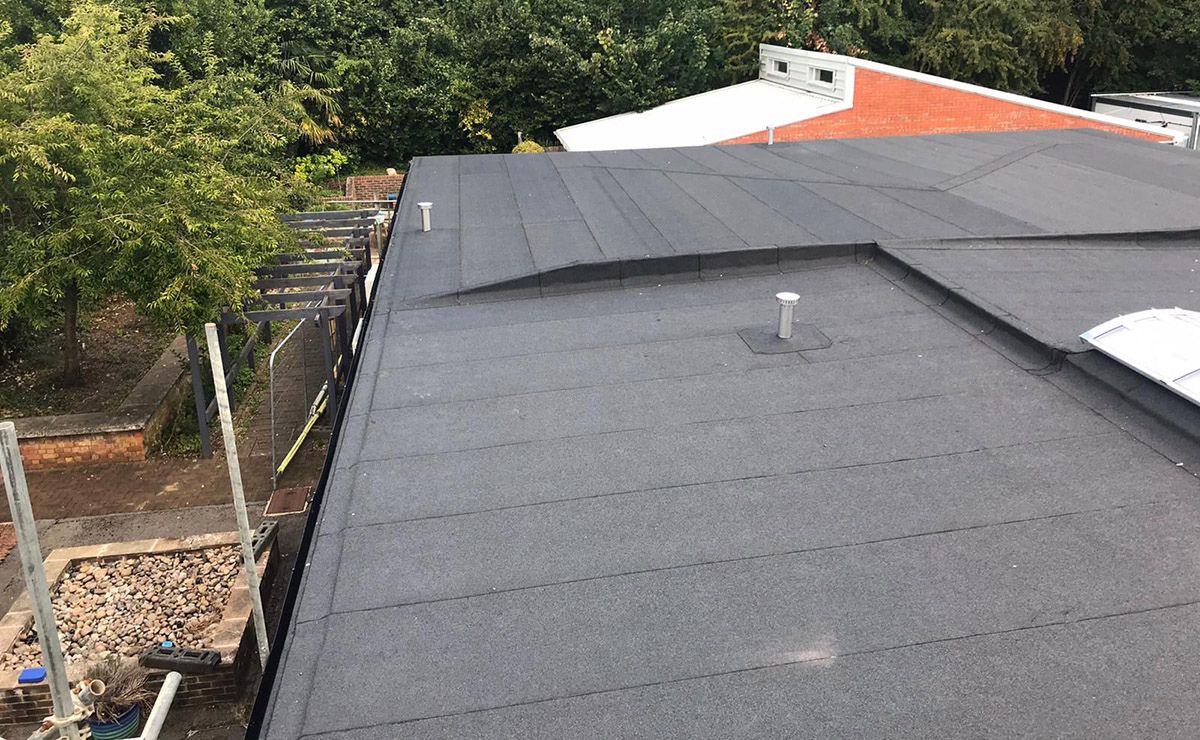
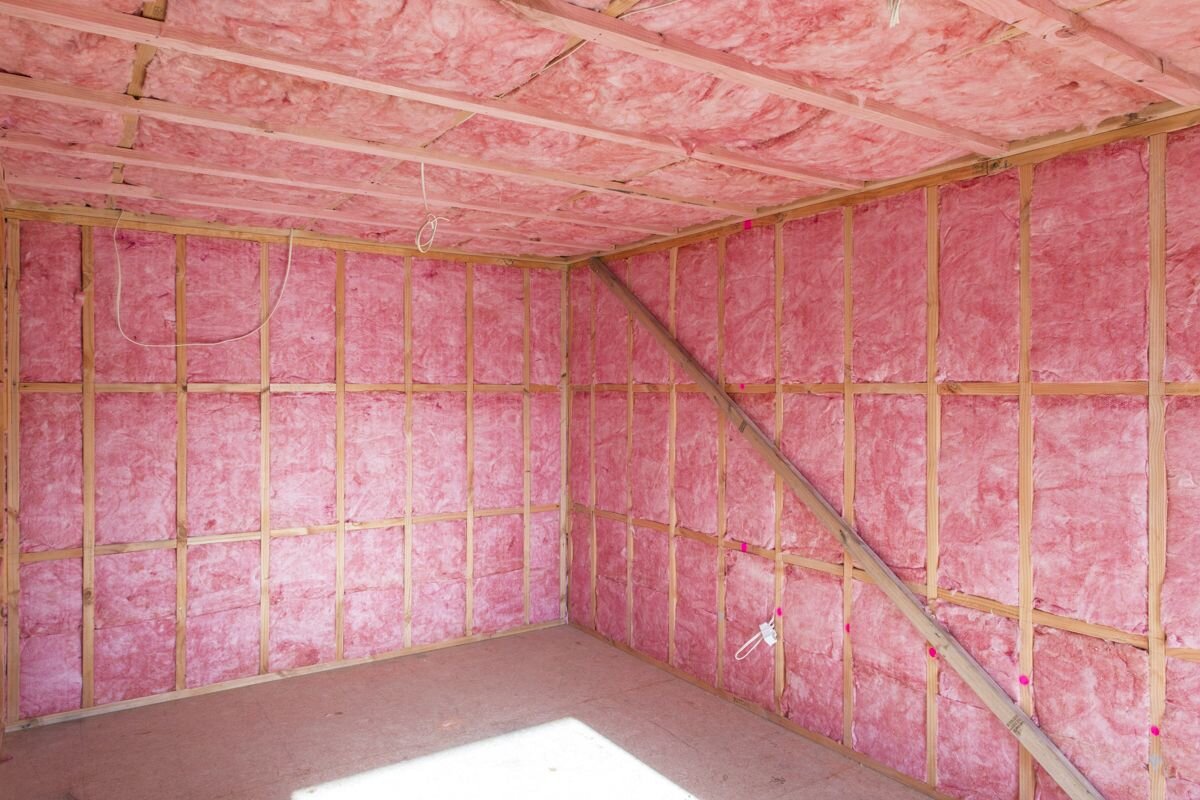
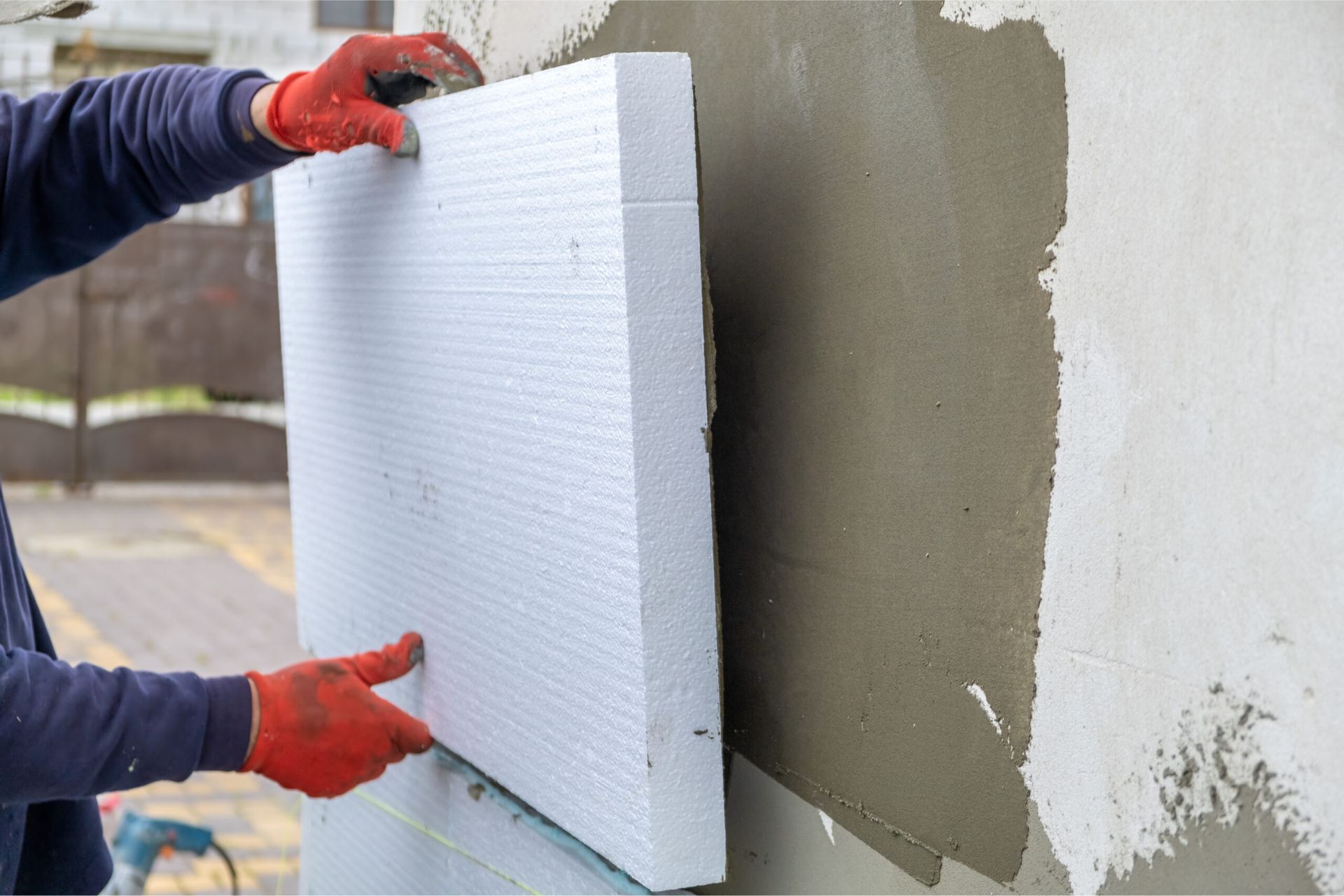
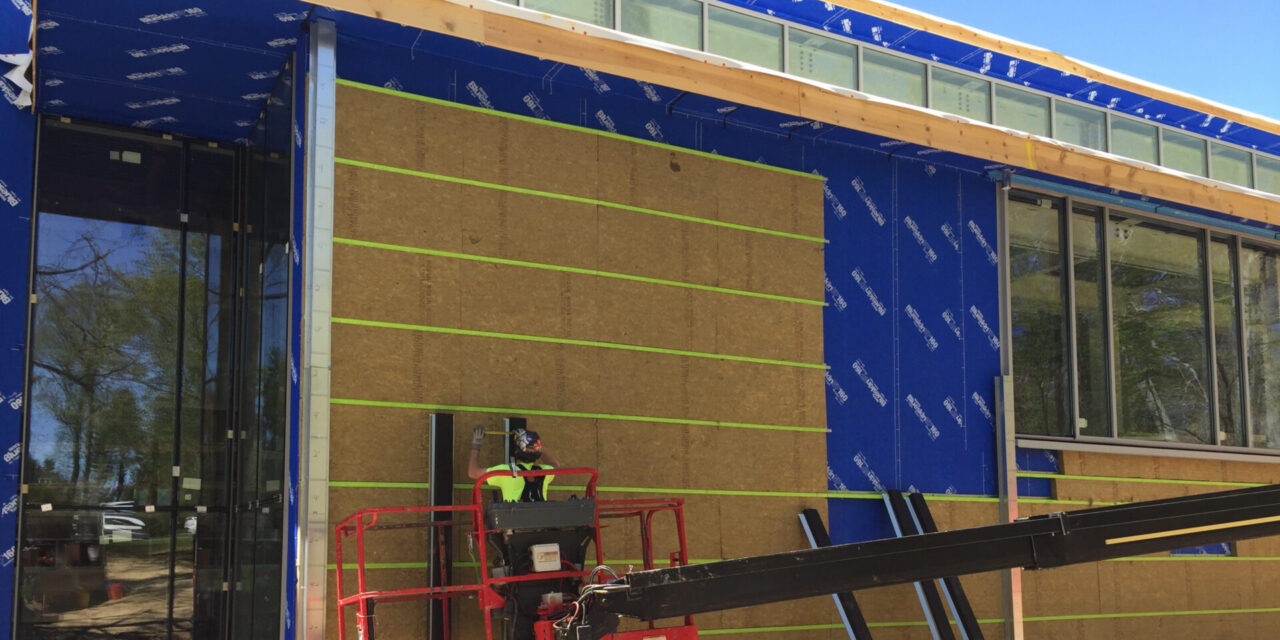
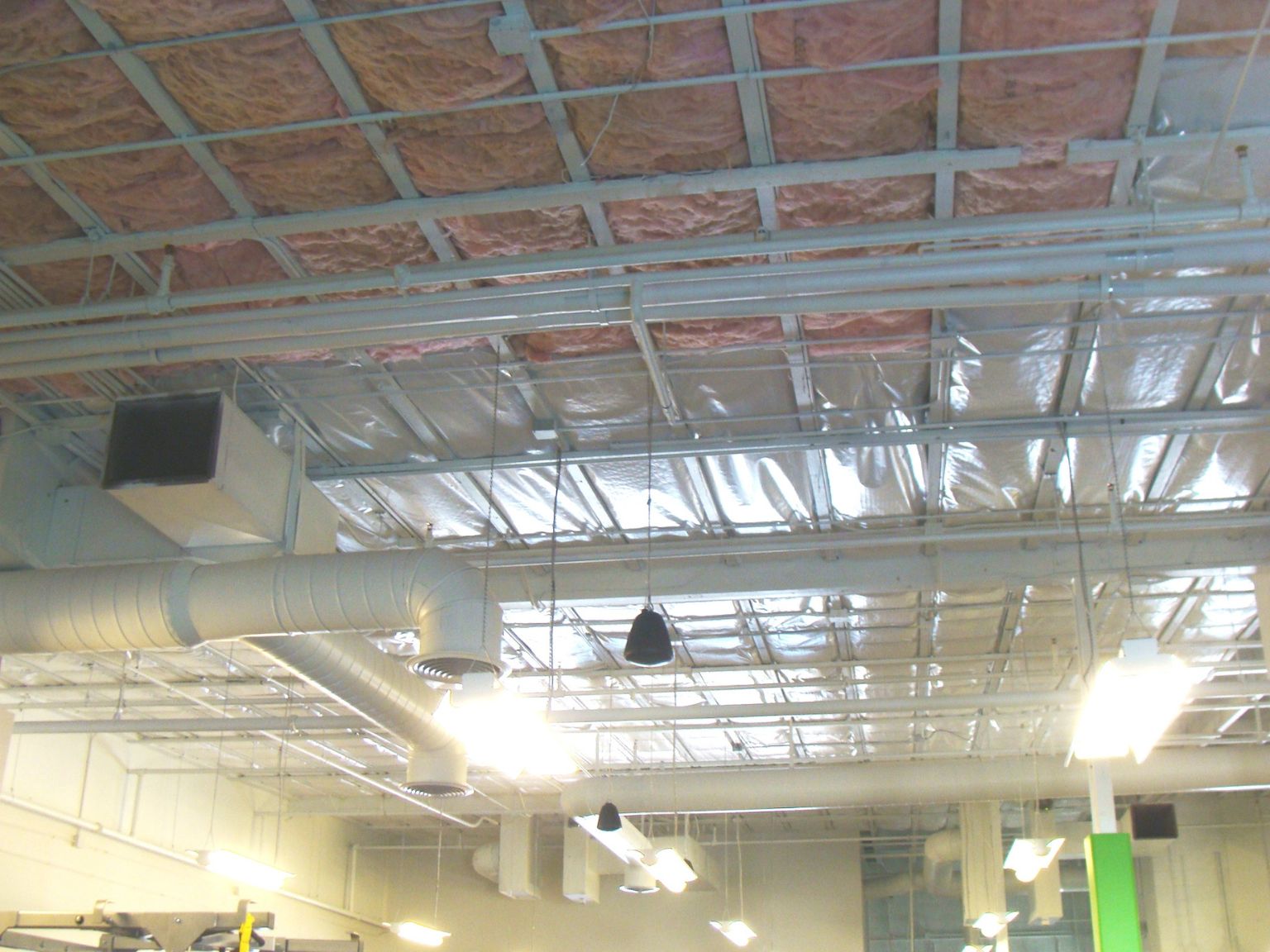
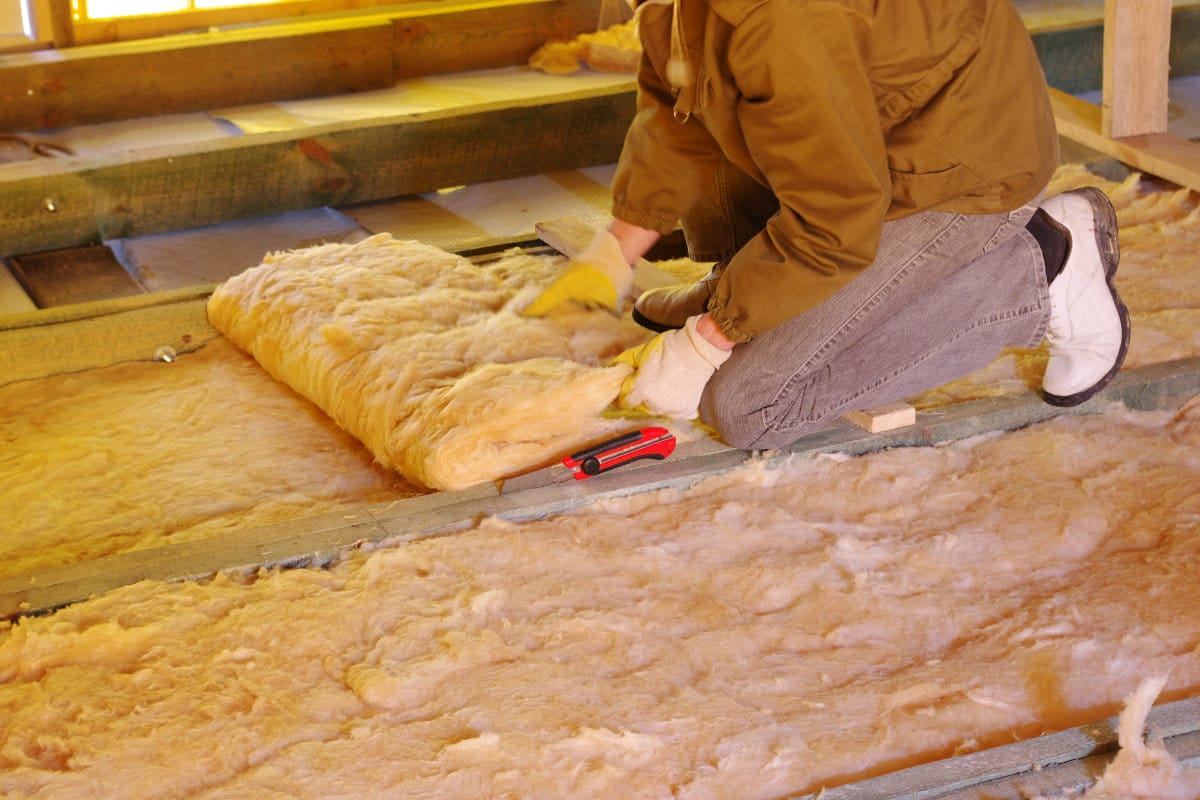
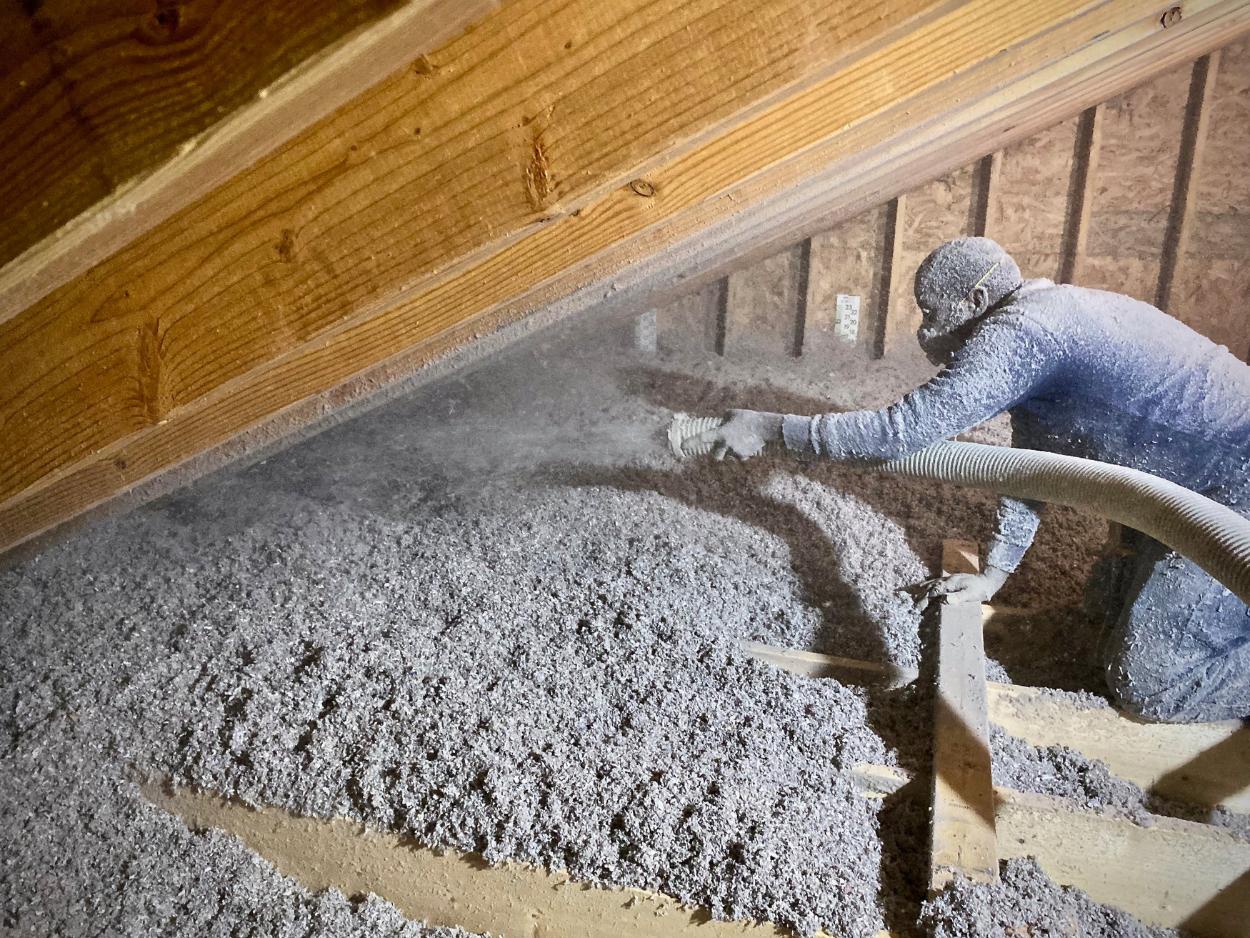

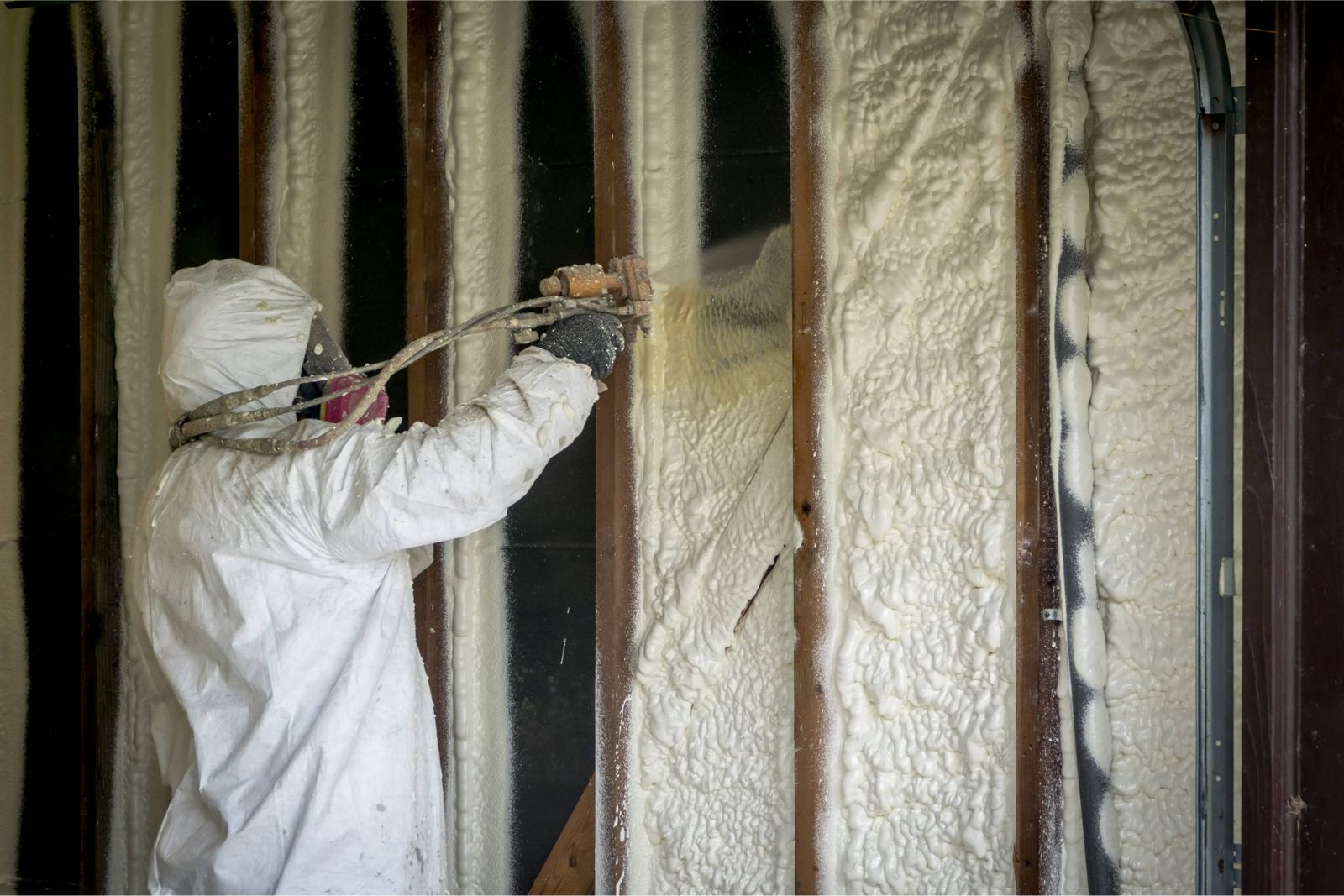
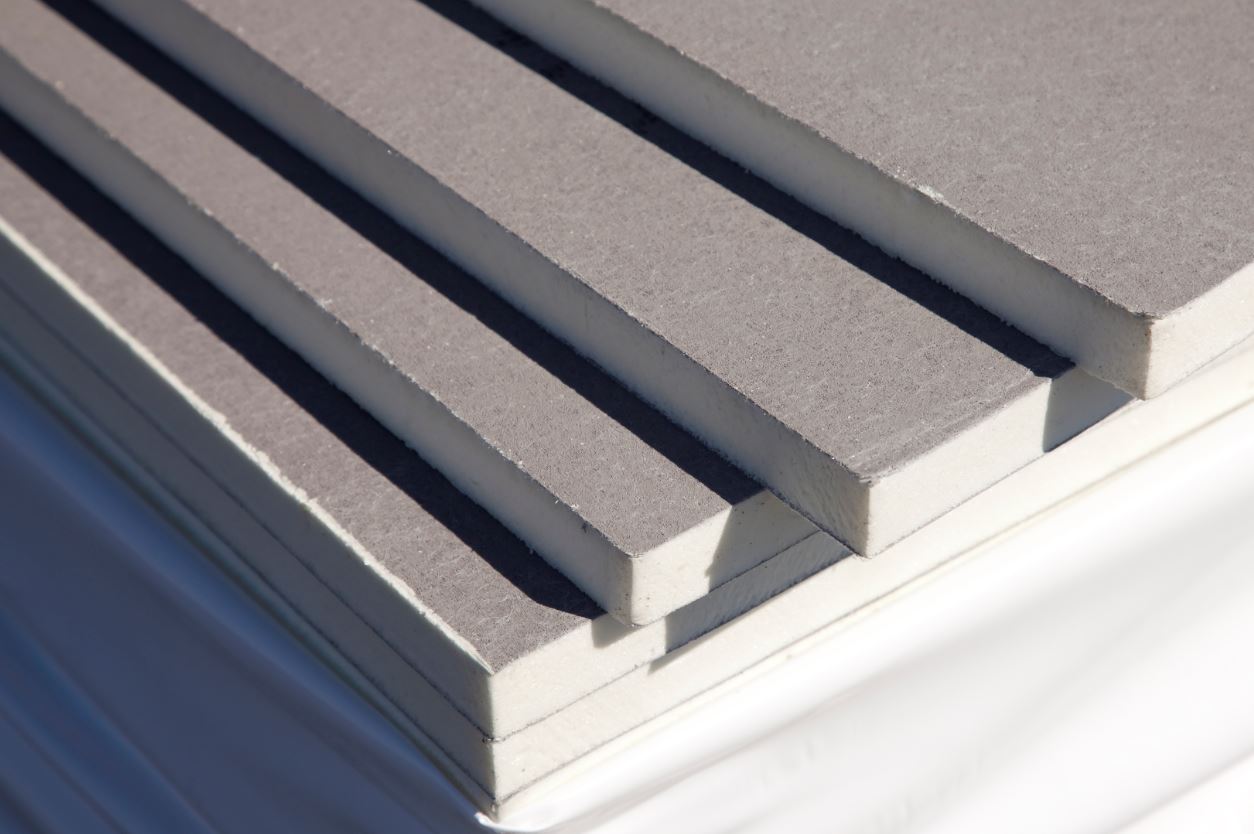
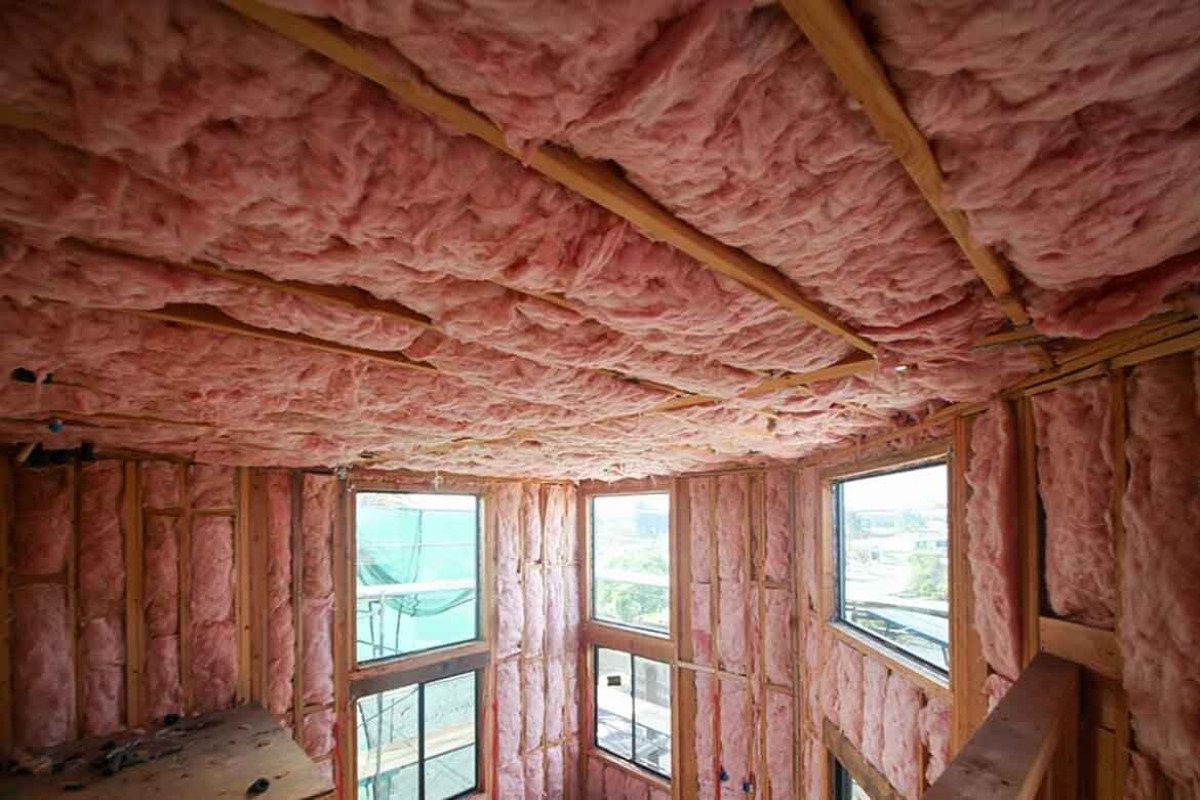
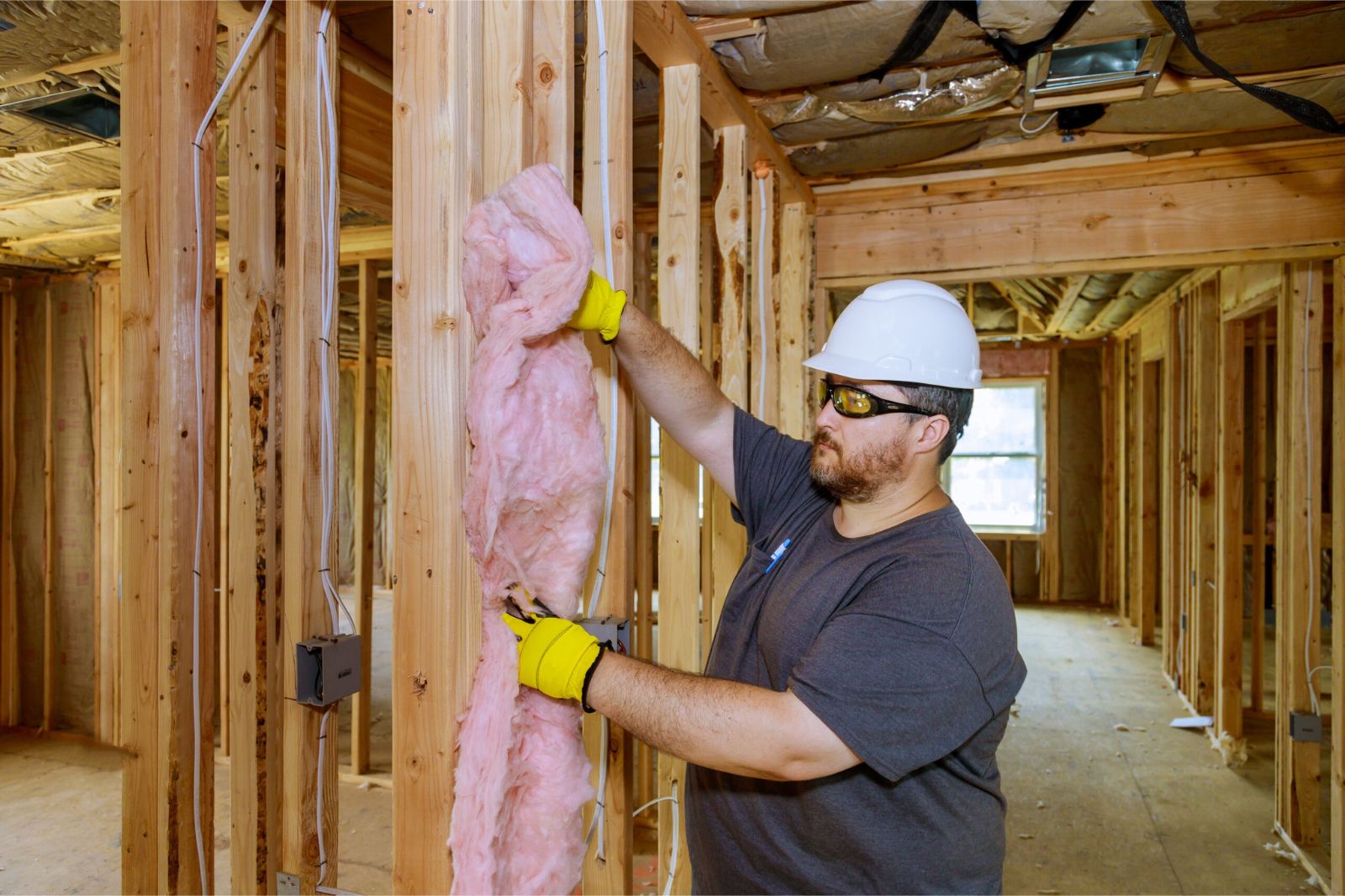
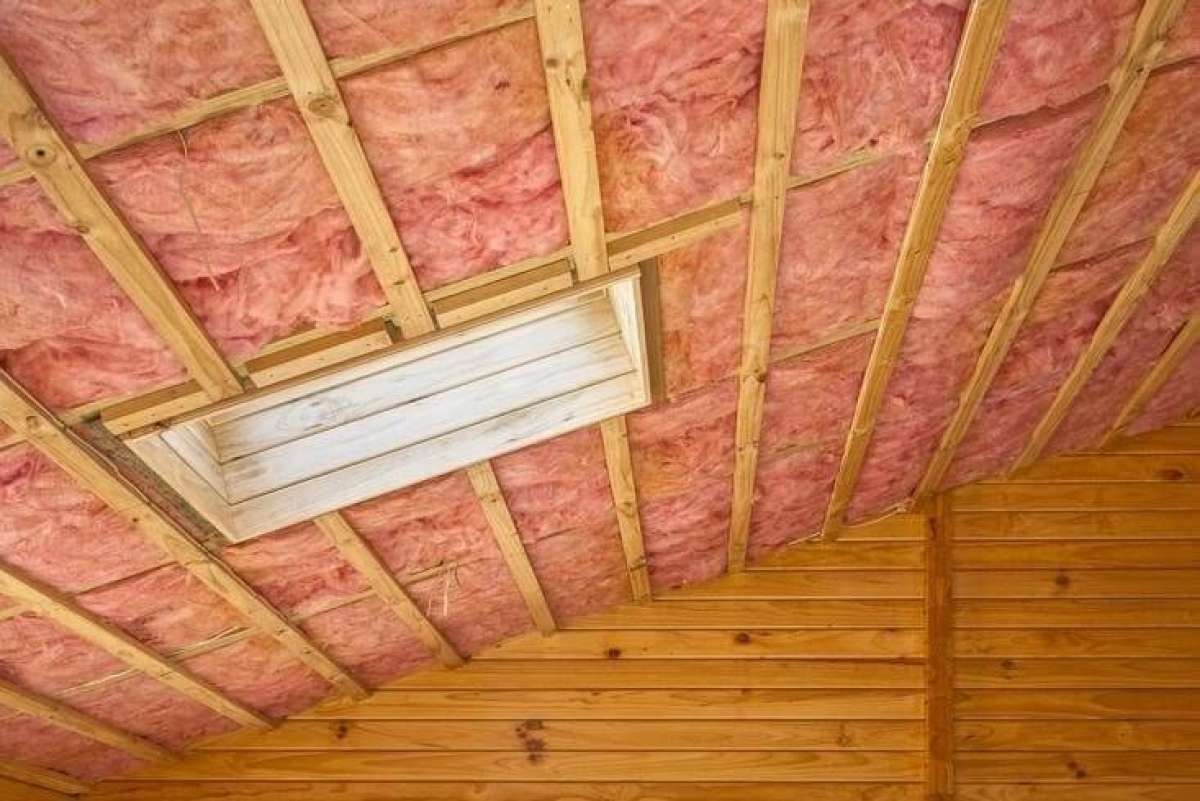

0 thoughts on “What Is Cellulose Insulation”